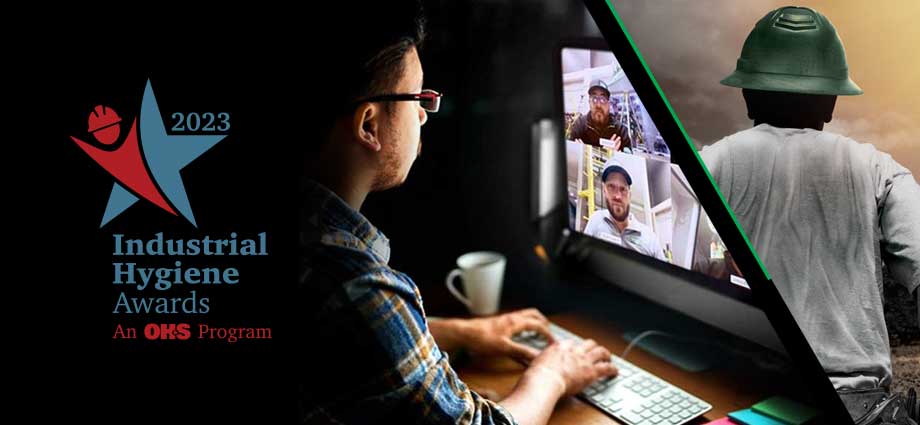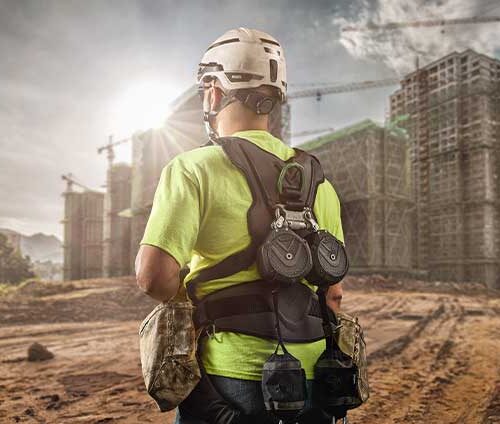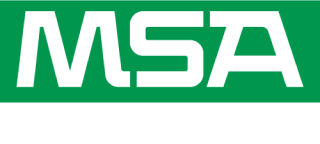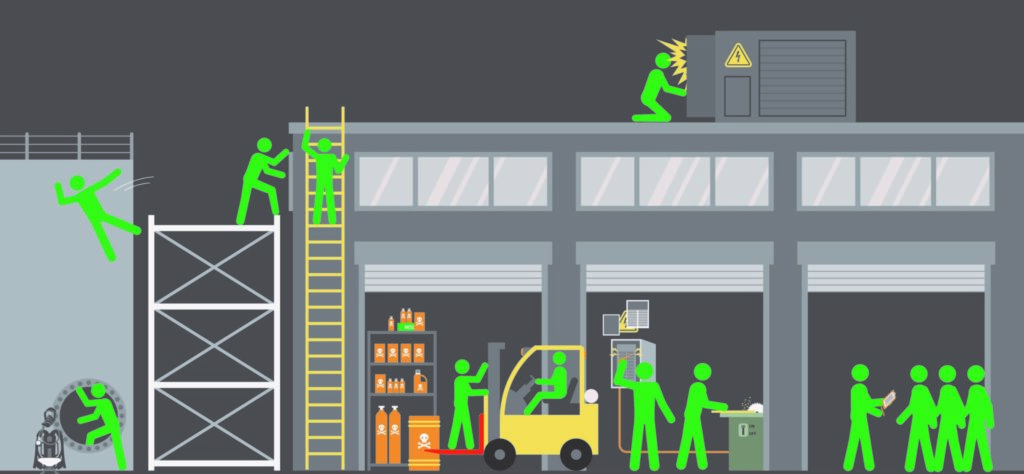
The first step toward making anything better is identifying what’s broken—or maybe even discovering what’s never been right in the first place. This may seem obvious, but recognizing problems isn’t necessarily as simple as it sounds. Finding flaws requires a thorough knowledge of relevant details coupled with a commitment to excellence. And it goes without saying… if such diligence is called for in ordinary circumstances, how much more so in situations where workers face risks to their health and safety?
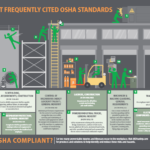
Where to begin
When it comes to assessing workplace safety, OSHA’s annual Top 10 Most Frequently Cited Standards is a good place to start. Unfortunately, every year companies fail to implement necessary worksite safety procedures and protocols, but you can learn from their mistakes. That’s exactly why OSHA publishes its Top Ten list: so that you “can take steps to find and fix recognized hazards addressed in these and other standards before OSHA shows up.” (emphasis added)
When it’s not a good thing to be number one
This standard delineates the “duty to have fall protection” for construction industry workers. This standard addresses hazards such as unprotected sides and edges, leading edges, holes, walking/working surfaces, roofs, dangerous equipment, and more. If 29 CFR 1926.501 applies to your worksite, take the time to reread it in detail, carefully considering the requirements specific to your environment. Questions you might ask yourself include: Are the surfaces my workers use strong and structurally sound? Are my workers positioned high enough to be protected from hazards below? Do they need guardrails or personal fall arrest systems? Are they exposed to falling objects, and, if so, are they wearing the necessary head protection? After you’ve comprehensively reviewed this standard, inspect your jobsite thoroughly for compliance. Then—if your investigation has exposed a problem—you can do whatever is necessary to comply with the appropriate regulation(s) in a timely manner. This, in turn, will bring you peace of mind: not only will you be prepared for an OSHA inspection, but your workers will have maximized their chances of ending each day without a preventable fall-related injury.
Don’t stop there
The nine standards completing the OSHA Top 10 list are:
Hazard communication, general industry: 29 CFR 1910.1200
Scaffolding, construction: 29 CFR 1926.451
Respiratory protection, general industry: 29 CFR 1910.134
Control of hazardous energy (lockout/tagout), general industry: 29 CFR 1910.147
Ladders, construction: 29 CFR 1926.1053
Powered industrial trucks, general industry: 29 CFR 1910.178
Machinery and machine guarding, general industry: 29 CFR 1910.212
Fall protection—training requirements, construction: 29 CFR 1926.503
Electrical, wiring methods, components and equipment, general industry: 29 CFR 1910.305
Are you in compliance with the standards listed above that affect your workplace? Would you be able to recognize violations if you saw them? If not—or if you’re not sure—a meticulous review of these standards and subsequent examination of your jobsite is in order.



